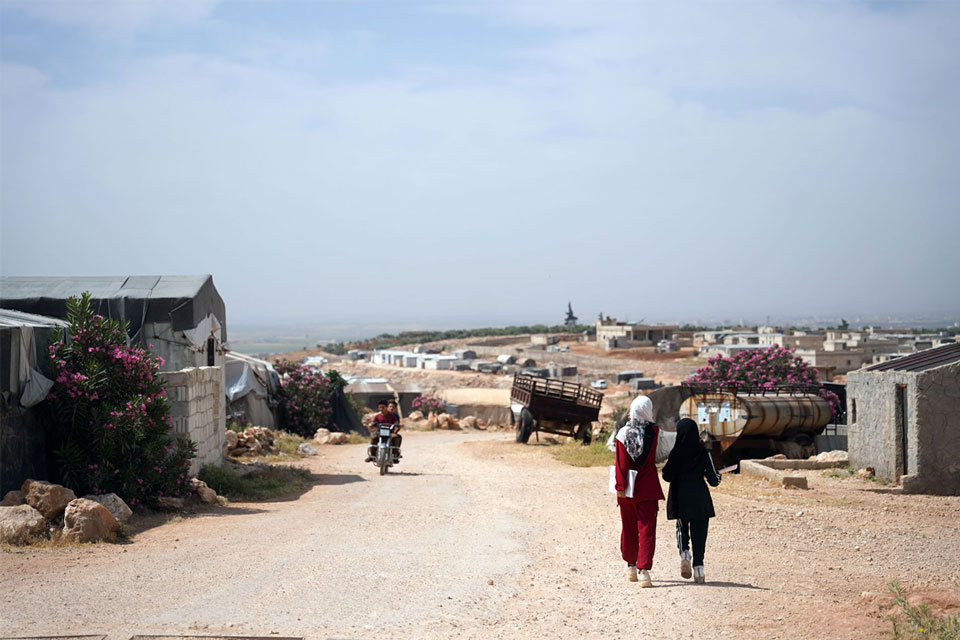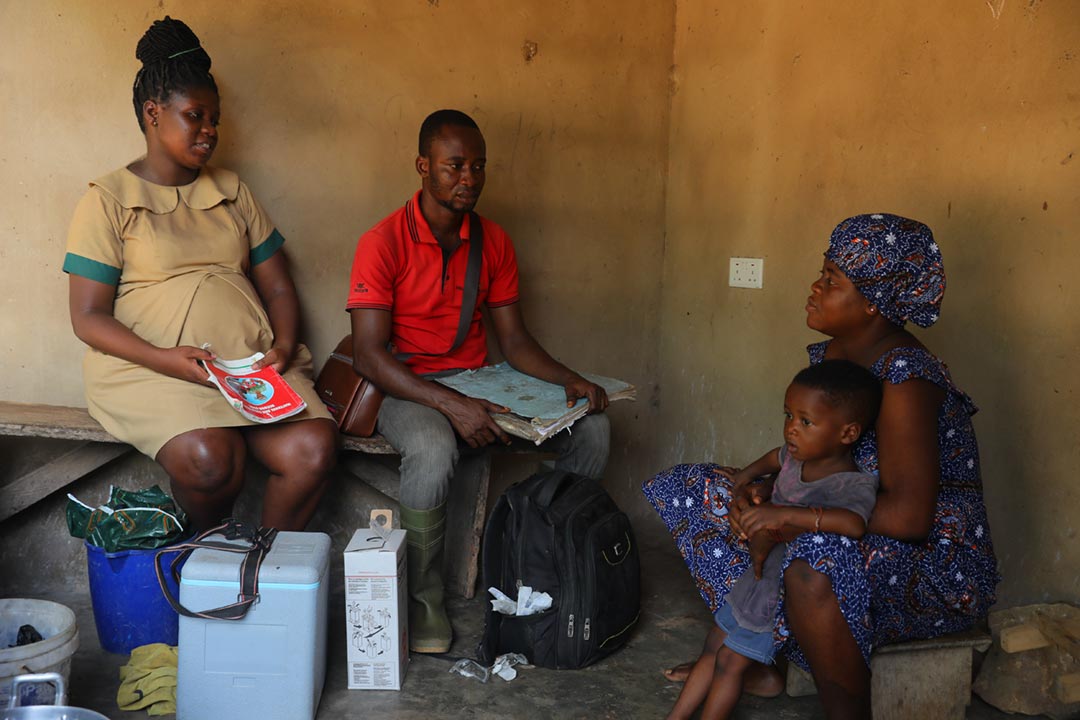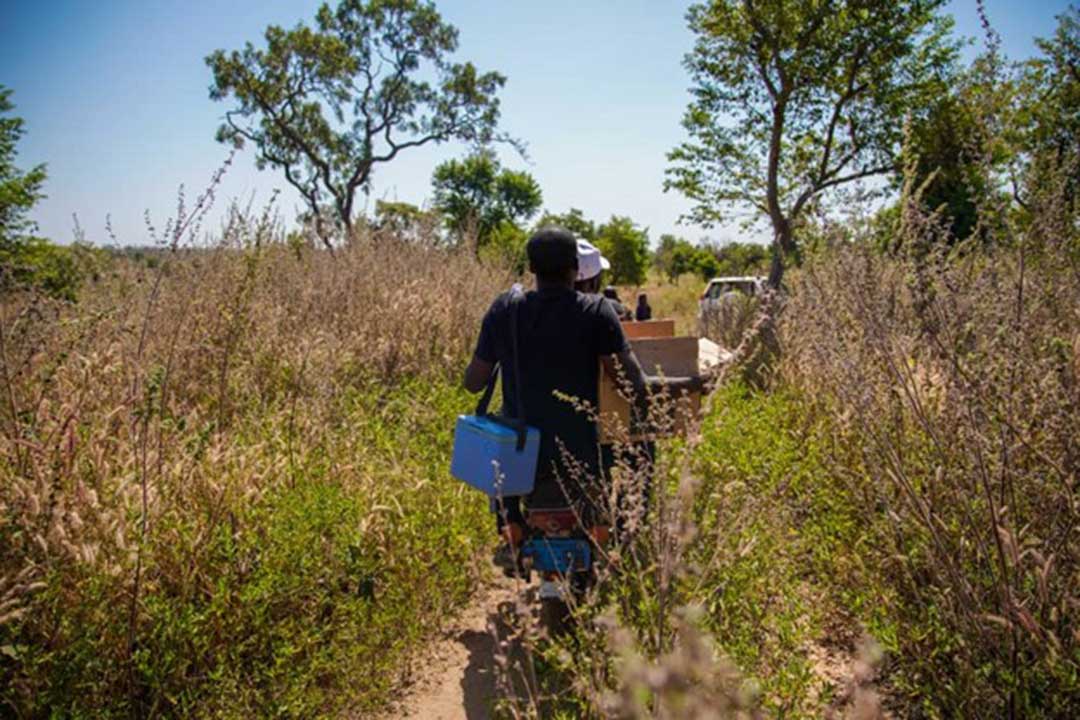Standing Strong and Brave, Amid Strife
In this photo essay photographer Guerchom Ndebo and the WHO’s Eugene Kabambi capture resilience and community effort in the DRC’s IDP camps.
- 24 August 2023
- 4 min read
- by WHO
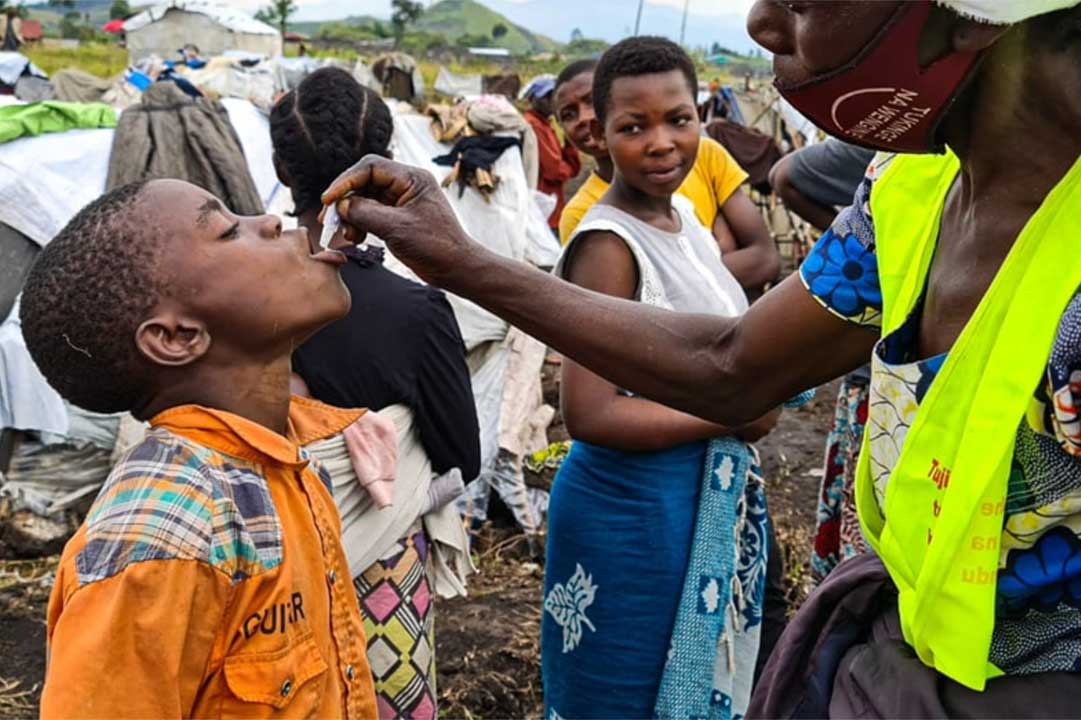
For two decades conflict has torn through the forested northeastern provinces in the Democratic Republic of the Congo, in Ituri, in North Kivu and the territories of Nyiragongo, Rutshuru and Masisi it''s also affected the province of South Kivu, and far to the region''s south-east, by Kalemie on the long shores of Lake Tanganyika.
More than 6 million people have been displaced by an enduring armed uprising. Over a two-week stretch in March 2023, some 100,000 people were uprooted and forced to move. It is a fraught environment, where local radio spots can feature International Committee of the Red Cross appeals to weapons bearers to promote protection of civilians and acceptance for humanitarian work.
The camps are crowded and hard places with little in the way of services and hygiene: places where infectious diseases like cholera and measles and respiratory syncytial virus loom as constant threats. COVID-19 made things harder.
Eugene Kabambi in WHO''s country office in the DRC has been several times to North Kivu and Tanganyika over recent months as Gavi, the Vaccine Alliance, UNICEF and WHO supported relief efforts in the camps, bringing integrated COVID-19 vaccine delivery and basic health services and working to beat back a cholera outbreak.
In this photo essay photographer Guerchom Ndebo and Kabambi capture resilience, community effort and how people living in the camps are helping themselves—these displaced people are prevented from returning home by violence, enduring dire conditions. They are also doctors, nurses, teachers, farmers.
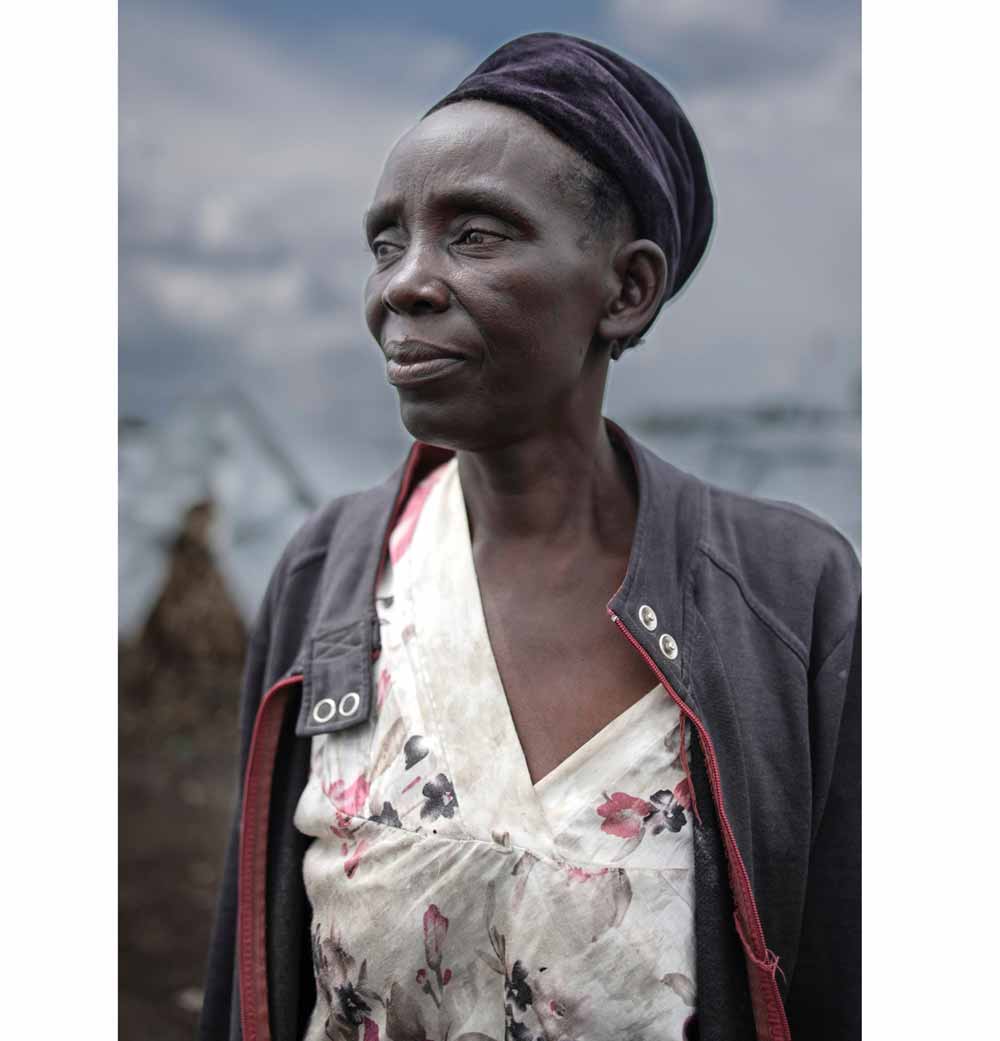
— Maisha, 57, in front of her shelter in Bulengo camp, about 15 kilometers from Goma in the east of the Democratic Republic of the Congo.
Photo: © WHO / Guerchom Ndebo
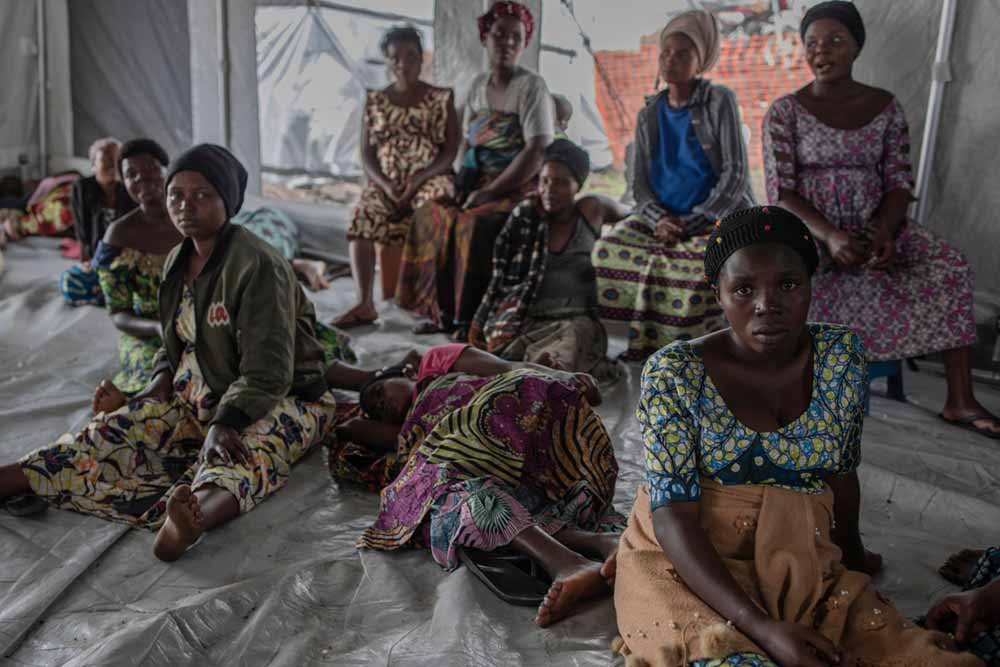
Photo: WHO / Guerchom Ndebo
As Kabambi visited Bulengo in February and March, there was ongoing vaccination against measles and ongoing oral vaccination against cholera integration efforts to bring in COVID-19 vaccinations, as the DRC struggled through 2022 to raise coverage rates. "When there is a vaccination campaign against cholera, they are using the same campaign to persuade people to accept the vaccine against COVID."
Have you read?
Clean water and sanitation remain the enormous needs: though camps like Bulengo are near Lake Kivu, its waters cannot be used without chlorination. While there are many toilets, they are full and have been for some time, without the money or resources to empty them. It is a daily issue, and it also opens the way to further disease outbreaks.
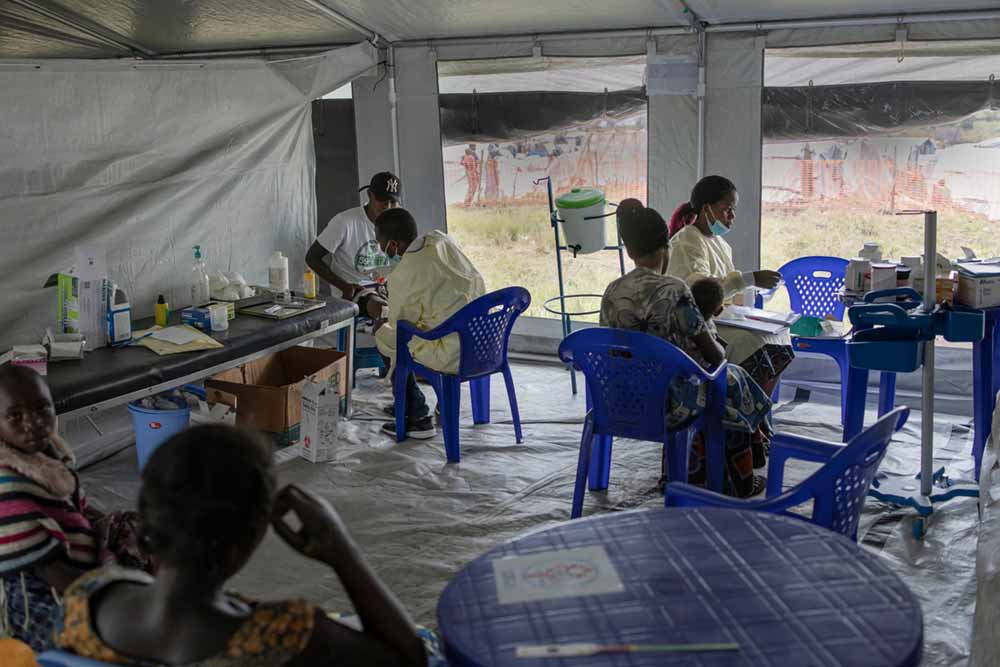
By March 2023 more than 40,000 people were taking shelter at Bulengo camp, between Goma and Sake near Lake Kivu. WHO and partners have set up an urgent care center in the camp for residents, and there are vaccinators on hand.
People living in the camp are all leading disrupted lives, but they are also employing their skills. "Among the displaced people, you can find a nurse, you can find doctors: all those people were working in Rutshuru and Masisi, where now there's conflict and armed groups occupying territories. Those people fled from there," Kabambi says.
They are able to use their training, and aid organizations try to find them: often residents are glad to see health care workers from their home area.
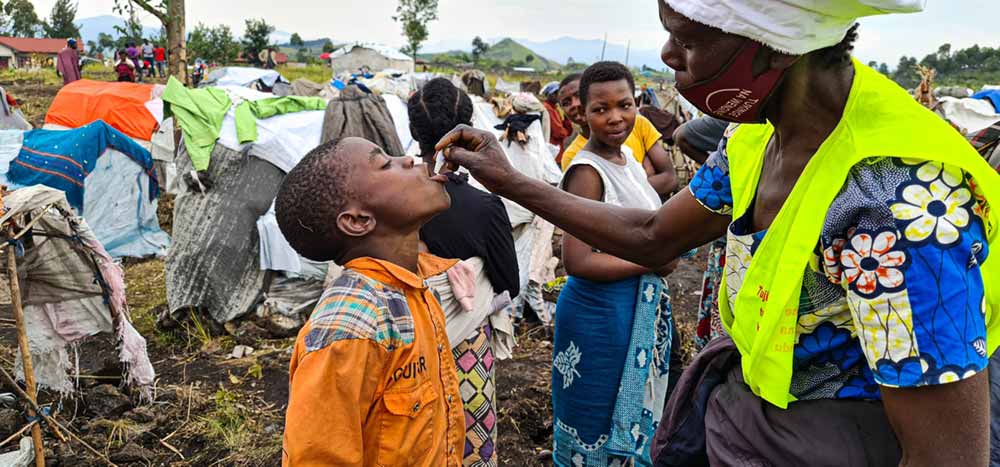
Photo: WHO / Eugene Kabambi
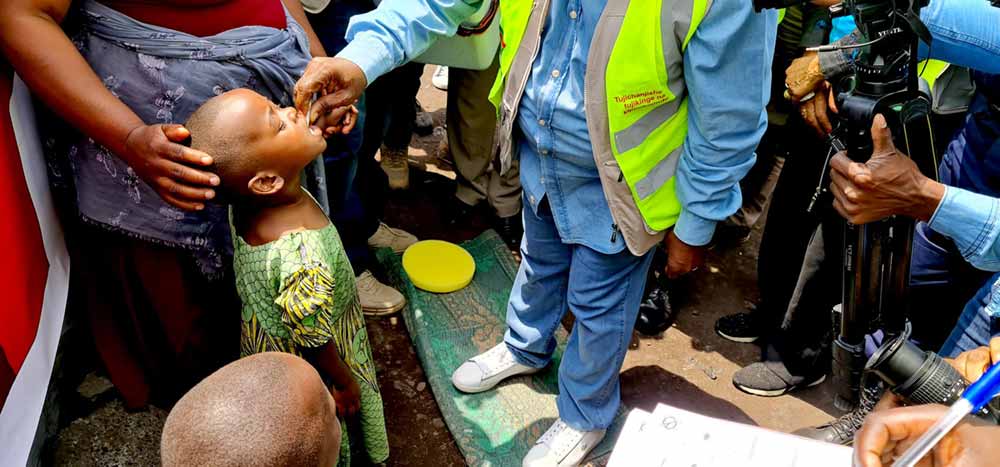
Photo: WHO / Eugene Kabambi
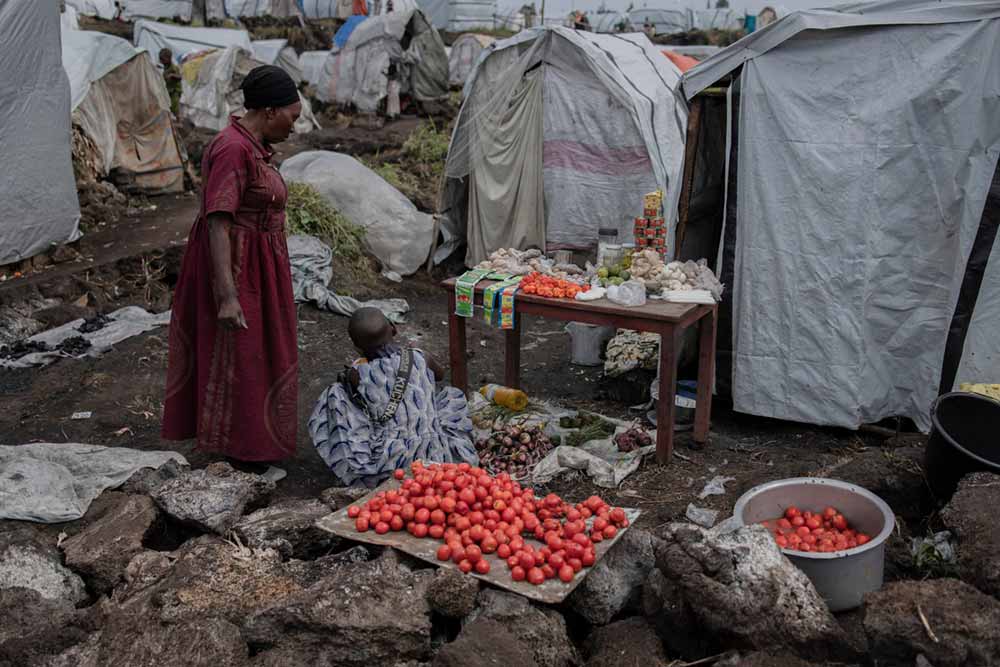
Photo: WHO / Guerchom Ndebo
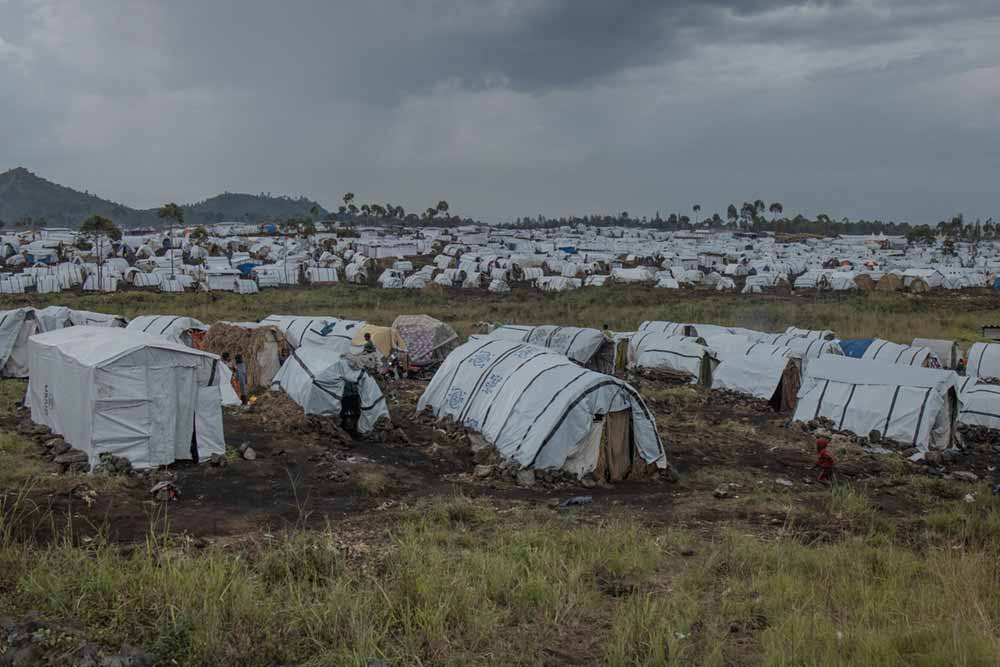
There are several camps like Bulengo, Kanyaruchinya, Bushagara and Lushagala dotted around Goma and further south in Tanganyika province. As a cholera outbreak burned through these camps in January 2023, Democratic Republic of the Congo's Humanitarian Affairs ministry launched a vaccination campaign aiming to reach 365,000 people in Goma. It was supported by Gavi, UNICEF and WHO financially and logistically: 614 vaccination teams fanned out through the sites. WHO also stepped in to supply cholera treatment units in Bulengo, taking pressure off other overcrowded sites like nearby Kanyaruchinya.
COVID-19 vaccination efforts also benefited from repeated campaigns in the DRC through 2022 and 2023. Some were more successful than others. Even Pope Francis took the time to call on people to come for their shots as he toured the country. The DRC is a massive—and massively important—part of central Africa, with many places that are difficult to access and administer.
By October 2022, the overall number of Congolese that had received a full primary series of COVID-19 vaccine was 6.2 percent, up from one percent in March 2022. By April 2023, all health care workers in the DRC had complete primary series coverage, and the overall figure for the country stood at 13 percent.
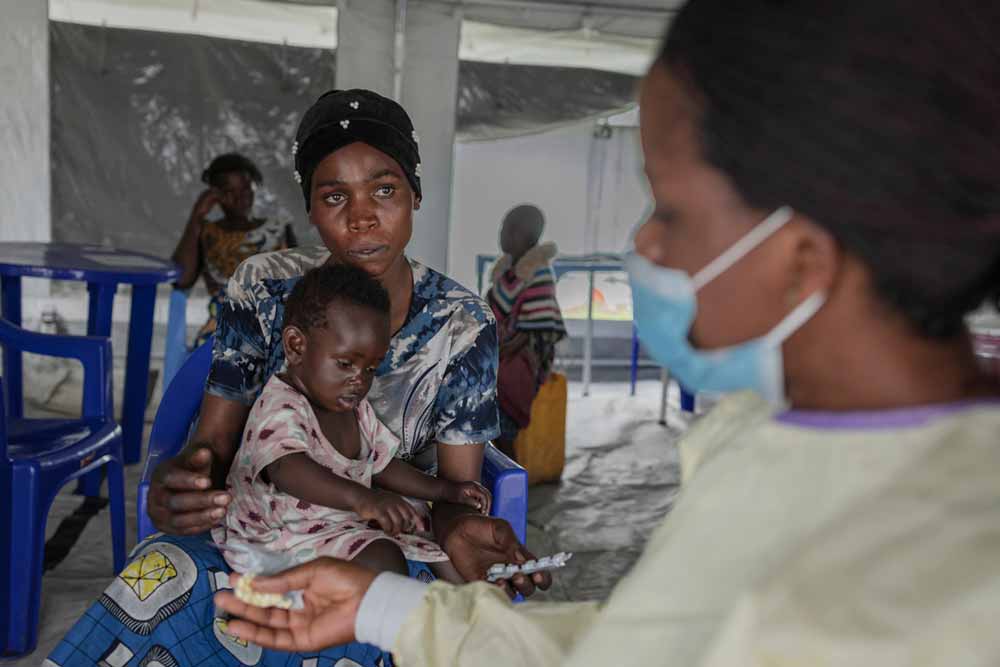
Photo: WHO / Guerchom Ndebo
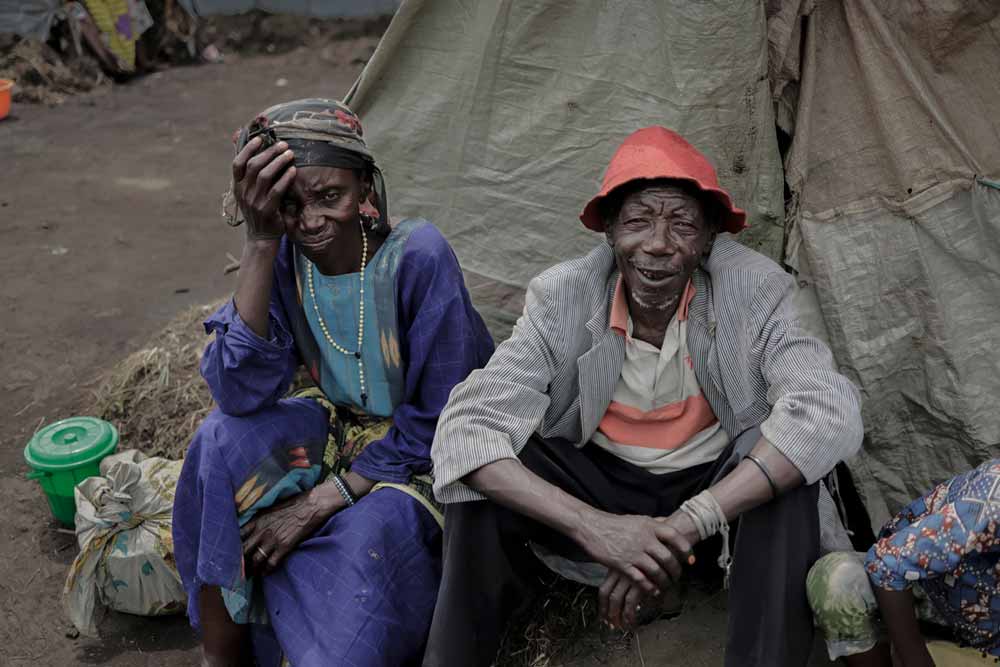
Photo: WHO / Guerchom Ndebo
Website
This article was originally published by World Health Organization on 21 August 2023.

